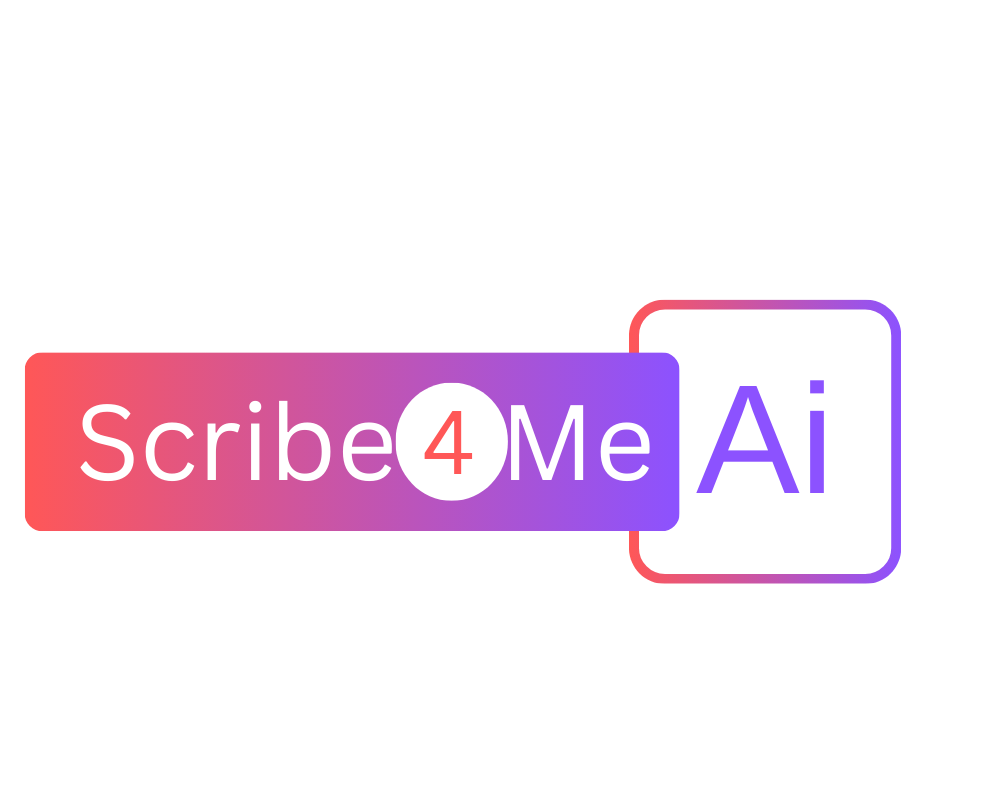

How To Inform Patients About AI Scribe Usage
Technological advancements are revolutionizing healthcare in ways we never imagined. An AI scribe is one such example that transforms the way clinical documentation is handled by physicians. This intelligent tool is designed to streamline the clinical documentation process by automatically converting patient encounters into well-structured notes. As physicians become familiar with using AI scribes and integrating them into their workflows, they're also learning to effectively communicate with patients about their use, ensuring transparency and addressing any concerns. This includes explaining how the AI scribe works, its role in improving care, and obtaining patient consent when needed. In this blog post, we'll discuss how to introduce AI scribes to patients, address privacy concerns, obtain consent, and ensure a smooth, transparent experience.
Do AI Scribes Meet HIPAA Standards?
Before using any new documentation tool, it's crucial that you make sure it complies with HIPAA regulations. Although many AI scribe companies emphasize the significance of data security, it is essential to confirm their actual practices. Here you go with some of the key questions to ask.
What protocols are implemented to ensure compliance with HIPAA?
How is access to data managed?
What are the data retention and disposal policies?
A trustworthy AI scribe provider will be able to answer these questions clearly and even provide compliance details on their website. Ensure that all protected health information (PHI) is encrypted and that robust password protection is implemented. Trusted companies often employ third-party auditors to review their compliance practices periodically. By confirming HIPAA compliance, you can confidently add the AI scribe system to your practice, improving documentation efficiency while protecting patient privacy.
Obtaining Patient Consent For AI Scribe Usage
When introducing patients to the use of AI scribes, it's important to get their consent because it involves recording their clinical visits. Consent may be obtained in written or verbal form. With written consent, patients are given a form that explains how the AI scribe works, and they sign it before the visit. This helps create a clear record of their understanding and consent. On the other hand, verbal consent involves having a direct conversation. Physicians can explain how AI scribes work, address any concerns, and obtain patient approval to move forward. This method fosters open communication and allows patients to ask questions in real-time. Most physicians prefer obtaining verbal consent before beginning the patient encounter.
How To Discuss About AI Scribe Usage With Patient
When discussing AI scribe technology with your patients, it's important to keep things simple and clear. Here are some of the suggestions for having these conversations.
Explain What An AI Scribe Is
Start by saying what an AI scribe is. "An AI scribe is a tool that helps me take notes during our visit. It listens to our conversation and writes down key details so I can focus on you."
Describe Its Purpose
Let them know why you're using it. "Using an AI scribe helps me spend more time with you and less time typing at the computer. This helps me give you my full attention."
Address Privacy Concerns
Reassure them about their privacy. "I understand you might be concerned about your information, but the AI scribe keeps everything private and follows strict rules to protect your data."
Encourage Questions
Invite patients to voice their questions. "If you have any questions about how this works or your information, do not hesitate to ask. I want you to feel comfortable."
Obtain Consent
Finally, ask for their permission. "Are you okay with me using an AI scribe to assist with note-taking during our visit today?'
If a patient has concerns about you using an AI scribe, respect their choices. Remember, you are not there to debate or push the benefits of AI scribe tools on them.
Conclusion
Effectively introducing AI scribes to your patients can strengthen their trust in the care process. By clearly explaining how this tool enhances your focus during visits and ensures accurate documentation, you can reassure patients that their well-being remains the top priority. Addressing privacy concerns and asking for their consent shows respect for patients and helps build a positive, transparent physician-patient relationship. This approach is a perfect way to ensure that an AI scribe enhances, rather than interferes with, the patient experience and care.
To make your documentation process easier while keeping patient care at the forefront, check out Scribe4Me AI. This is our patented AI scribe that is built to support your practice, complies with HIPAA and uses industry-standard encryption techniques! Get started with a free trial today!


